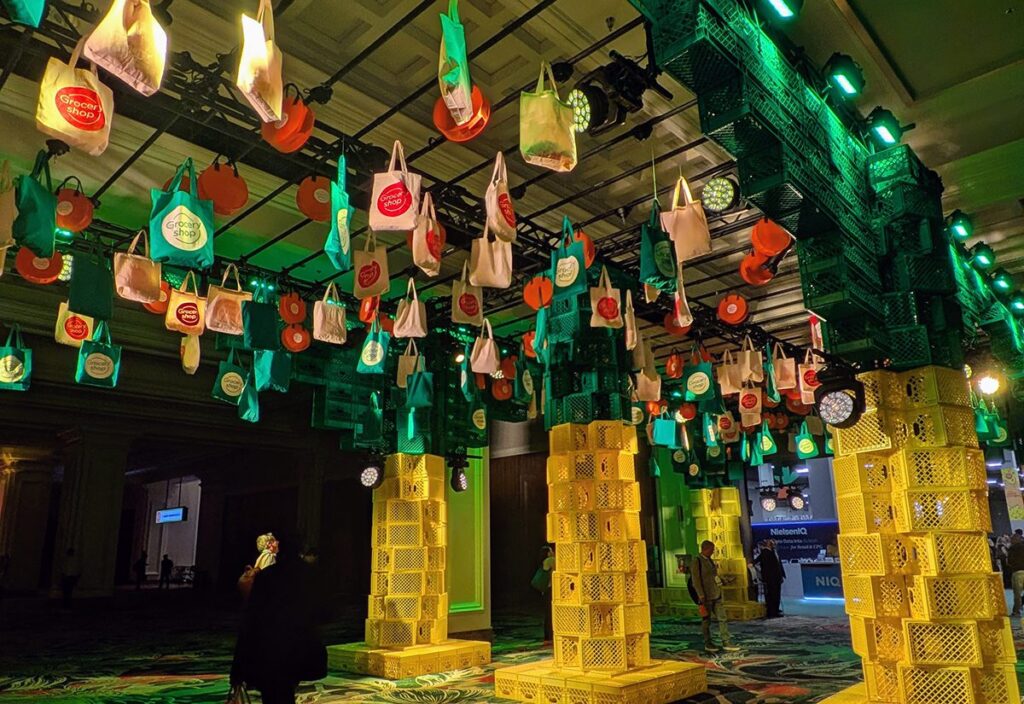The Bear Stearns collapse took place in mid-March of this year, but as touched upon in Part 1, signs of its perilous fall, from almost $30 per share to its purchase price two days later at $2 per share, began clearly in June of 2007 when Bear had to bail out two of its hedge funds to the tune of $3.2 billion. Some might remember the scare that occurred two months later in August when France’s BNP Paribas froze $2.2 billion in funds across three of their hedge funds, shocking investors who as a result of the freeze could not withdraw their money. The bank did so because they could not calculate the value of the funds due to their exposure to subprime mortgages. In the same week that BNP Paribas froze those three funds, the Federal Reserve injected $38 billion dollars into the markets to provide short term liquidity to banks, in an effort to avert a more widespread crash due to their exposure to subprime loans. If June of 2007 highlighted just how much of the subprime gambles by institutions came as the result of borrowing money from others to place those bets, the incident in early August hinted at what happens when those bets start to go south. It impacts the global economy not just the US economy as much of the borrowed funds early August showed somewhat early on that a second theme from the credit crisis (the first being betting bit with other people’s money) – it’s not a national issue but an international one. It’s the international institutions that lent much of the money used by US investment banks to make their leveraged bets. Amazingly enough, during the time that this injection of funds took place, the Dow Jones Industrial Average was trading around 13,000. Today, that number would look stellar, but it was 1000 points lower than trading levels in July 2007.
No conversation trying to cover what has transpired in the financial markets could take place without mentioning collateralized debt obligations (CDOs). They are, as explained in the all too presciently titled "Mutually Assured Mayhem" (from July 2007 no less) "complex bonds often backed by subprime loans that pay high yields in good times but are dangerous when the market gets rocky, as it is now," dangerous because in a turbulent market "they’re illiquid— difficult not only to sell but even to value." So long as no one is trying to sell them, then all is fine, but once people try to sell them, that price would impact the trillion plus dollars in CDO’s created to date. They’d now have a value, and that value would be some fraction of what they paid, and it would ignite a selling spree to stem further loses. The credit rating agencies such as Moody’s Investors Service and Standard & Poor’s could trigger a similar disaster scenario by downgrading the CDO’s, again triggering a massive desire for withdrawal without the adequate funds available to actually cover it. Fast forward 14 months into the future, and that’s exactly what has happened. The credit rating agencies so eager to call bundles of mortgage loans to unqualified individuals based on the phenomenal logic that home prices would continue to increase decided to grade these loans more accurately. Not even the government had the power that these credit rating agencies did to implicitly encourage leveraged bets and then cause their implosion and roil the markets.
A little more than a year after the Federal Reserve first offered up money to boost liquidity in the markets, the bottom that threatened to fallout from underneath the market and economy, started to drop like an amusement park ride gone wrong. By this time, some hard to believe number of regional banks went bust, but when the bank behind half of all mortgages threatens insolvency, the normal system gets preempted. Earlier this month, after saying they probably wouldn’t have to do it, the Treasury Department took control of Fannie Mae and Freddie Mac, companies whose stocks were dropping faster than a Hummer’s fuel tank during a hot summer day with the A/C on. Woe the public shareholders who watched the already beleaguered stock go to virtually zero on the next trading day following the announcement. It’s a move that should help homeowners on the path to delinquency, but it was more a move to preserve international confidence in the US financial system. For the most part, it seemed to work. Stock markets across the world welcomed the move. The sentiment didn’t last, though. Lehman Brothers, the fourth largest investment bank, who looked poised to fail in March, needed a deal to save it from bankruptcy. As reported in the Wall Street Journal, "One of the most tumultuous weekends in Wall Street’s history began Friday (September 12), when federal officials decided to deliver a sobering message to the captains of finance: There would be no government bailout of Lehman Brothers Holdings Inc." It was time, as the article says, for Wall Street to fix its own problems. Dick Fuld, the CEO, who still earned $490 million during his tenure, refused offers to sell, and in the end saw the company purchased in pieces for $1.8 billion, with $1.5 billion for their NYC building.
Lehman’s bankruptcy led the market to open with its largest one day decline since September 11, 2001. That same day, Monday, September 15, the market also had to contend with Merrill Lynch accepting an all stock buyout from Bank of America in order to stave of a fate similar to that of Lehman Brothers. A third major driver to the losses was the world’s largest insurance company, AIG, which fell 61% on that Monday. As protection against the risky CDO’s, companies purchased credit default swaps (CDS) as a backup in case the CDO’s go bad. When they all did, that left AIG having to cover some of the losses, and being a cash rich company they had the rating agencies not downgraded the company’s securities forcing them to come up with an extra $14 billion overnight as collateral. Tuesday, the government worked out a deal with AIG to lend it up to $85 billion in exchange for 79.9% of the company. As the Journal states, "It puts the government in control of a private insurer — a historic development, particularly considering that AIG isn’t directly regulated by the federal government. The Fed took the highly unusual step using legal authority granted in the Federal Reserve Act, which allows it to lend to nonbanks under "unusual and exigent" circumstances, something it invoked when Bear Stearns Cos. was rescued in March." The deal was finalized this week, after shareholders couldn’t raise the $85 billion privately.
In addition to the "nationalization" of AIG, even more financial history took place. The market, after falling big Monday, September 15 and again two days later on Wednesday, rallied for its biggest two day gain since March 2000 on Thursday, September 18 and Friday, September 19. More Sunday decision making saw the market give back all the gains this week including the largest one day gain in Oil futures on Monday the 22nd. Among the announcements Monday, the number one and two investment banks who shaped the financial landscape of the past 20 years, Goldman Sachs and Morgan Stanley, agreed on Sunday to be converted from investment banks into the more tightly regulated bank holding companies. The move "puts both in a much better position to be acquired, to merge or to acquire smaller companies with insured deposits." It also means they will have a harder time generating the massive profits enjoyed as independents during boom times. (Goldman made headlines again this week as Warren Buffet decided to invest $5 billion into the firm.) The conversion of the last major independent investment banks occurs at the same time as the biggest news to date (and there has been a lot) – a plan proposed by the U.S. Treasury to spend up to $700 billion to buy soured mortgages and mortgage-related securities from financial institutions. The plan is not a done deal, with the President addressing the nation last night urging both sides to agree and pass legislation.
With 120,000 jobs already lost in the financial sector alone, we are in the worst economic crisis in 80 years; that it isn’t worse is a testament to the safeguards put in place during and as a result of the Great Depression. In trying to make sense of what is going on, at least as much sense as an Internet marketer can, I can’t help but think of the Soprano’s, or just the mafia in general. Think of how things would have turned out differently if those fund managers and the companies in general had placed risky bets with the Mafia’s money instead of trusting foreign investors looking to get a piece of the once hot US financial sector. What would happen if there was some accountability and fear about being stupid, if greed alone wasn’t allowed to outweigh reason? In the end, a select few will always get extremely rich and have the potential to cause loss to millions. It happened before, and it will happen again. This time was no different than last time. It was only a different widget that caused the cycle. If you found yourself caught up in this, don’t worry. You’ll have several more chances to do better next time. For the time being, let’s just make some money.



